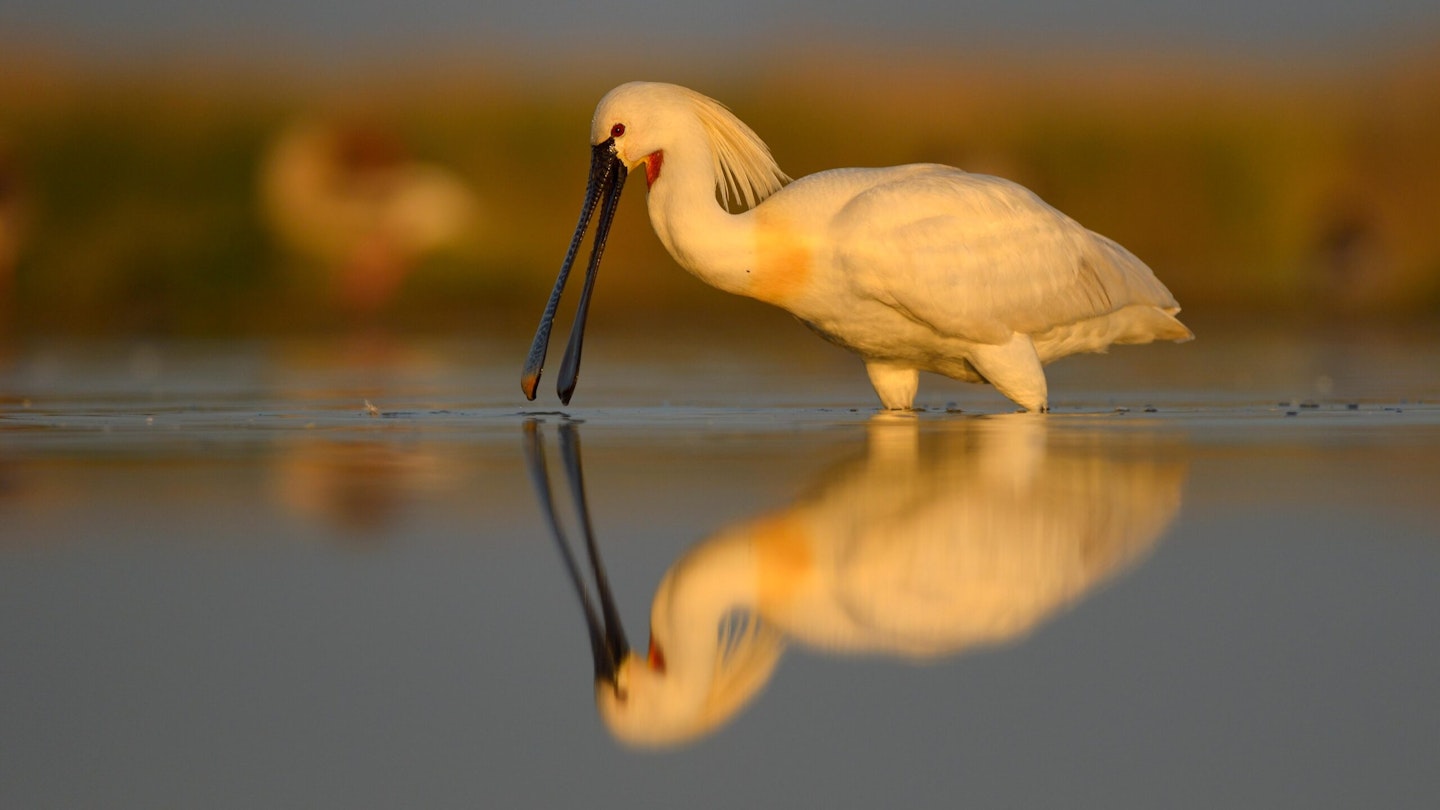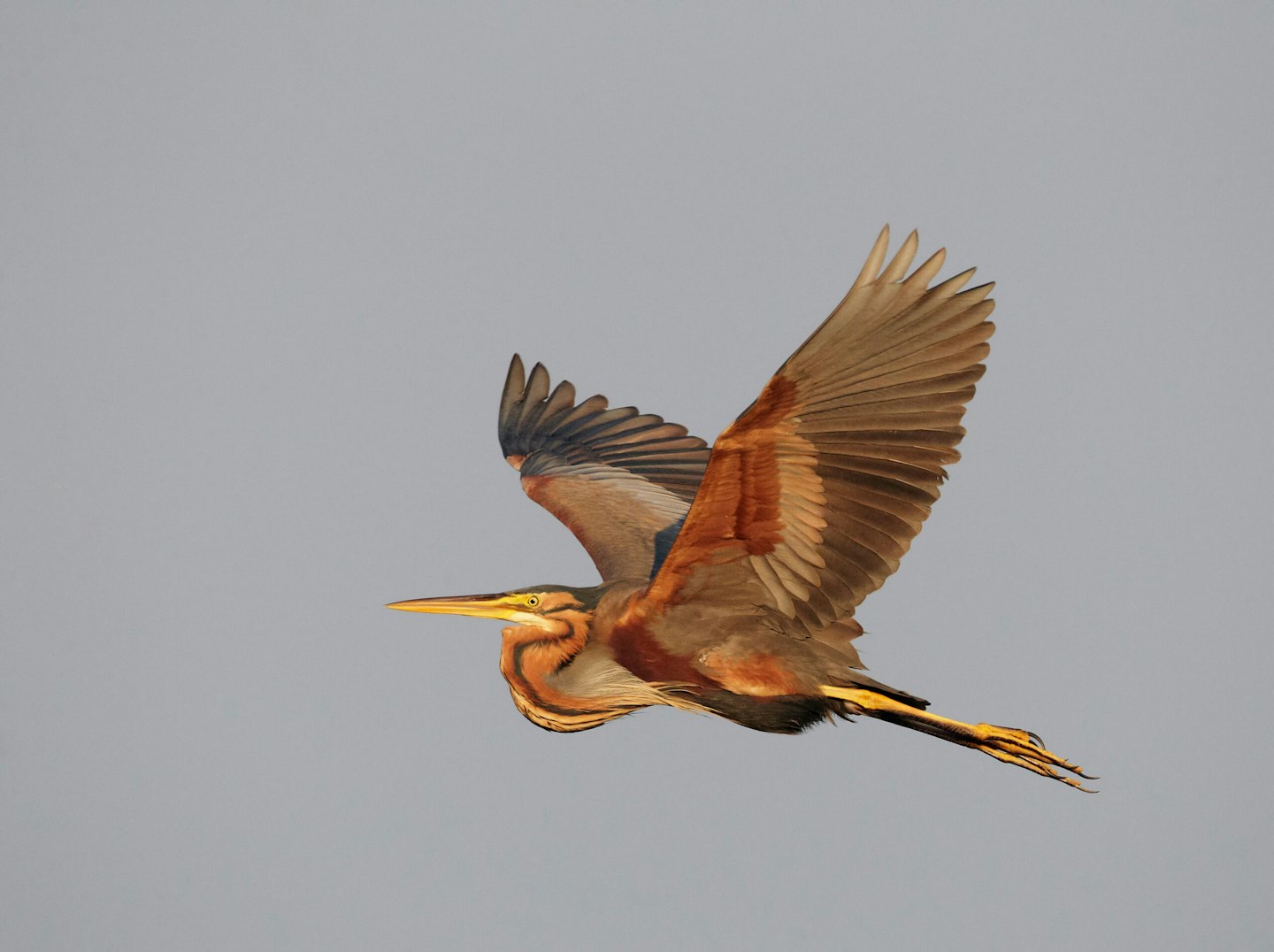The most exciting month of the year is here. Drop all alternative plans and spend as much time as possible out birdwatching. There is something special happening and you don’t want to miss out. Here are five special birds which any birder would love to see this month.
Curlew Sandpiper

One of our scarcer regular passage waders, Curlew Sandpipers pass through suitable sites in small numbers; the vast majority are handsome, peachy-breasted, scaly-backed juveniles, in autumn. However, like most waders, they are even more handsome in full breeding plumage. In the case of Curlew Sandpipers, this is a deep (even dark) brick red over the head, neck and underparts with golden spangled back and wings. Seeing them in immaculate breeding plumage like this in the UK is quite a rare sight, and finding one looking this way is one of the great treats of May.
Spoonbill

The handsome Spoonbill is (like so many ‘long-legged wading birds’) a bird on the increase in the UK, with breeding now at several sites, including last year in Cambridgeshire (for the first time since the 17th Century), as well as in Yorkshire and Norfolk etc. Despite having a reputation for sleeping for much of the time, when they are active, they are amazing-looking birds, sweeping through the shallows with that wonderful spatulate bill. Full adults with yellow breasts, yellow-tipped, ‘stripy’ bill and long crests on the nape, are spectacular. And other aged birds aren’t bad-looking, either…
Yellow Wagtail

There are a couple of common British birds which can shock unwary birdwatchers by how yellow they are, despite their names. One is the male Yellowhammer and the other is the male Yellow Wagtail, which, when it first appears in April is almost a shock to the eye! Our (mainly) British subspecies is even called flavissima which means ‘very yellow’,’ or ‘yellowest’, it being even more yellow than the blue-headed, grey-headed and so on, subspecies found elsewhere. Yellow Wagtails are most numerous in the east of England (being largely absent from Scotland, and not widespread in Wales). They like fenland and equivalent ‘arable’ country, and are often found feeding around cattle or other domestic mammals, feeding on insects attracted by the beasts, and their dung. Females are less yellow, but also green-backed.
Turtle Dove

The lovely, soothing purring song of the Turtle Dove was once a familiar sound of simmer. But the last 60 years have seen an appalling 99% reduction in this summer visitor’s breeding population (with at last official count 3,600 territories). These days they are largely birds of the east and south-east of England. Enjoy this most beautiful of doves while you still can.
Purple Heron

This medium-large, rakish, purple and red-brown heron is a rare but regular visitor to the UK each spring, which has occasionally bred (and perhaps will expand as a breeder in the near future). It is a shy bird and is less inclined to feed in the open than the larger, altogether more robust Grey Heron. In fact, seeing a bird in flight is often the best way of finding the rarer bird, when the trailing yellow legs and big yellow feet, and the fine bill are often obvious. Beware immature Grey Herons, which often have extensive grey areas on the head and neck, which can potentially confuse the unwary (though without ‘orange’ tones, they shouldn’t be mistaken for the rarer bird).
